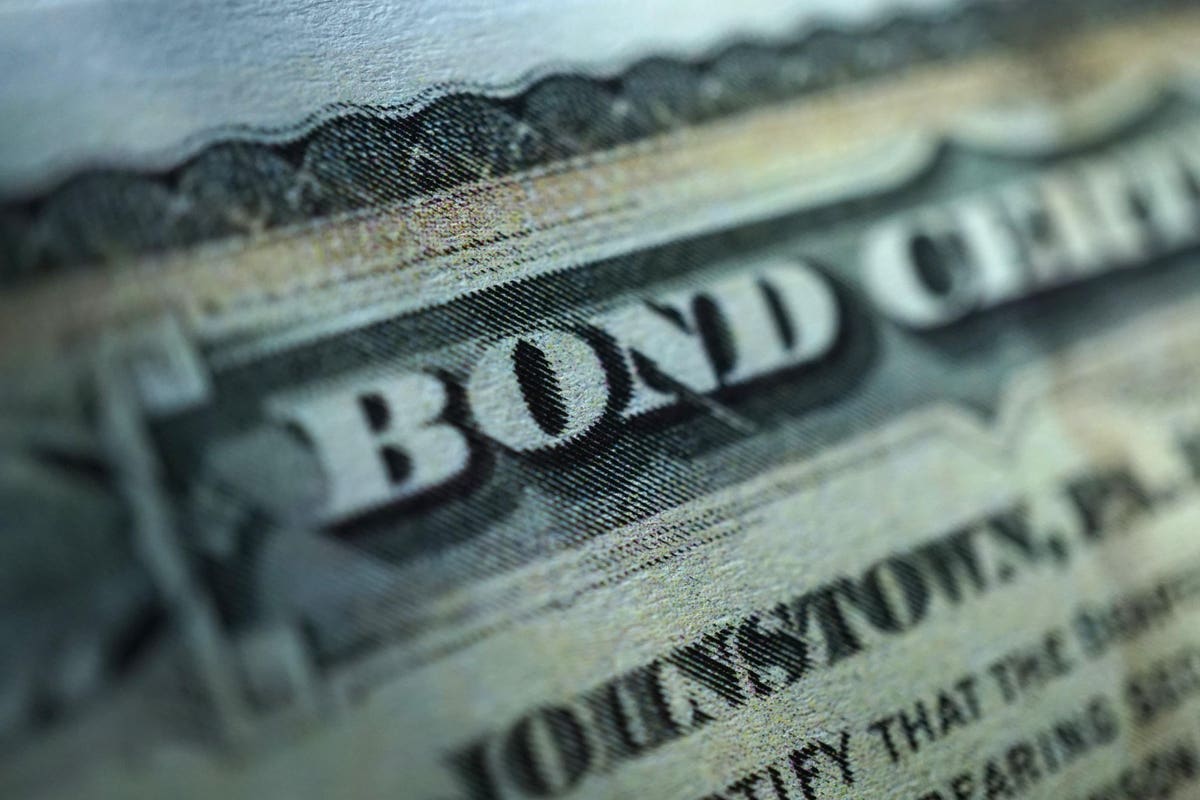Bill Gross is one of the great characters in the investment world: flamboyant, bold—and generally disliked by those who worked for him.
But his PIMCO Total Return Fund saw over 9% annualized returns in its first decade, despite being a supposedly “boring” bond fund.
Those gains made Gross one of the most powerful people on Wall Street—so much so that during the subprime mortgage crisis of 2007 to 2009, the government called on PIMCO to help take care of the toxic assets that had sparked the worst recession in a century.
Gross, for his part, did help, thereby helping investors earn even more money. PIMCO used its closed-end funds (CEFs), including the PIMCO Corporate & Income Opportunity Fund (PTY) to buy these assets cheap. That resulted in the fund crushing the S&P 500, an unusual feat for a bond fund.
(This, by the way, was when I got into CEFs, and seeing these profits combined with these funds’ income—PTY yielded around 10% then; it yields 10.9% now—made me a lifelong fan of these assets.)
Gross saw the power of CEFs and launched new ones, like the PIMCO Dynamic Income Fund (PDI), which yields 14% today and has actually raised payouts by 25% since its 2012 IPO. It issued many special dividends, too, which helped PDI’s early total returns surge ahead of the S&P 500.
At the time, a lot of the credit went to Gross, which is why PIMCO funds pulled back when he left the company in 2014. However, the first five years after Gross’s departure saw PIMCO’s CEFs return to form.
The reason for PIMCO funds’ strong performance had more to do with market timing and the company’s approach to bonds. PIMCO, for example, is one of the only firms to use complex bond derivatives to lower risk (through things like hedging) and boost returns. And PIMCO’s CEF track record proved those tools work well in the long run. That said, the company’s funds do tend to lag for shorter periods—but there’s a pattern to those lags that we can profit from.
Both PDI and PTY have trailed the corporate-bond benchmark SPDR Bloomberg High Yield Bond ETF (JNK) from the start of the pandemic to now.
Could it be that PIMCO’s edge is gone? While that does sound logical, the reality is a bit different.
Back in late 2015, the Federal Reserve started to pivot from low rates to raising rates, and PIMCO funds underperformed as a result. This was after Gross’ watch ended, but something similar happened during his time at the company in late 2014.
At that time, the stock market kept making all-time highs, thanks to the Fed’s loose monetary policy (which was pivoting from a tighter stance), and PIMCO’s CEFs also struggled. When the Fed pivoted again in 2022—wait for it: PIMCO’s funds also lagged.
Note that the PIMCO funds’ fall in 2022 was dramatic, as was the decline in pretty much everything as fear set in. But the same pattern holds: PIMCO funds didn’t do well at a time of market uncertainty over the Fed’s change in policy.
Which brings us to today, with the Fed’s policy changing again, this time toward a pause in rate hikes. That makes both funds buys now—which might sound strange, as both look far from cheap, trading at premiums to NAV.
But premiums are common at PIMCO funds, due to the company’s strong reputation and the top talent it pulls in. With PIMCO funds, then, the key is to look at historical trends in the premium. And we can see that both PTY and PDI are good values today, on a historical basis.
Moreover, recent moves in the bond market mean corporate bonds are now yielding 5.8% on average, with 7%+ yielders easy to find. So PIMCO can maintain big payouts for years just by buying and holding bonds.
And that’s just a base case: if PIMCO continues with the strategies it’s used in the past—as it undoubtedly will—it’ll likely deliver a big yield that grows, with strong gains and special payouts along the way.
Michael Foster is the Lead Research Analyst for Contrarian Outlook. For more great income ideas, click here for our latest report “Indestructible Income: 5 Bargain Funds with Steady 10.4% Dividends.”
Disclosure: none
Read the full article here












